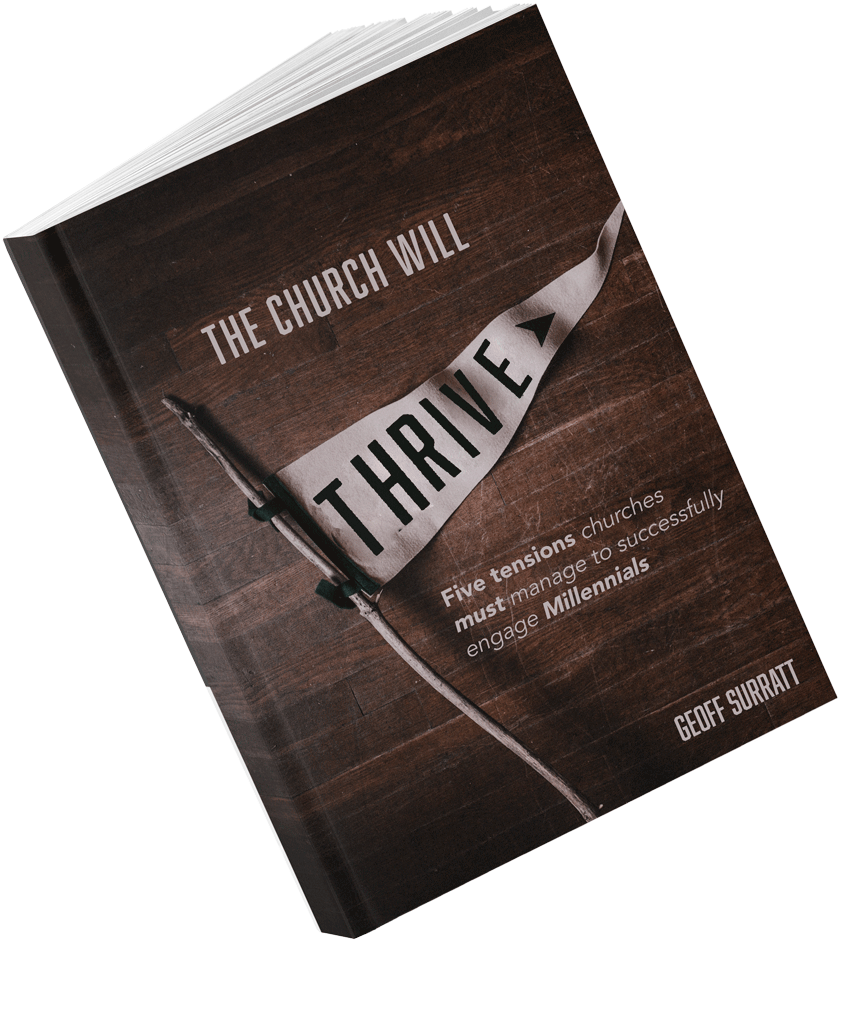
Two the hardest questions in leading in ministry are
- Should we start doing this new thing?
- Should we stop doing this old thing?
The reason these are challenging questions is the answers are almost always subjective, based on the emotions of the people involved. We start a new ministry because something someone has a passion for that segment of the community. We hang onto an event long past its prime because people are vested in its continuation. We end up saying yes to the wrong things and not saying no to the right things.
We hang onto an event long past its prime because people are vested in its continuation. We end up saying yes to the wrong things and not saying no to the right things. Click To TweetSeveral years ago we stumbled on a tool to help make these kinds of decisions more objective, and eventually we ran every new ministry idea and every existing event and program through this matrix. People still got fired up when their pet project didn’t make the cut, but we were no longer making decision based mostly on the who had the most clout or who could make the most emotional plea. Let’s break down how to use the Decision Matrix in your context.

The y axis measures Investment from Low to High. How much time will (does) this ministry, event or initiative require? How many resources, staff and volunteers are needed? Does this ministry require marketing? What is the budget for this area or event?
Determining the level of investment is a challenging conversation. I have had leaders say, “This requires very little investment. The total cost will be about $1000, and we’ll make that up in fundraisers. All we need is a core group of about 10 volunteers, a room at the church every week, set up and tear down for all the meetings, weekend stage and bulletin announcements, and staff administrative help.” If you are scoring at home that is a considerable investment of time, talent and treasure.
The x axis measures Impact, again from Low to High. Measuring impact also requires honest conversations. Impact isn’t about “good attendance” (whatever that means) or “everyone loves it” (Everyone loved the Titanic until it sank. Too soon?) The objective way to measure ministry impact is to look at achieving goals that match the vision and mission of the church.
The objective way to measure ministry impact is to look at achieving goals that match the vision and mission of the church. Click To TweetWhen I worked at Seacoast Church we did a regular event for parents and kids to attend together called Kidstuff. At first look it was very successful. Every month hundreds of families attended and they absolutely loved it. For many families it was their favorite thing we did as a church. During a break in the schedule we decided to run Kidstuff through the Decision Matrix.
Did it require a low or high investment? Every event took dozens of volunteers and many hours of staff time to prepare and execute. Sets had to be erected, the room had to be set up and clean up afterwards was a nightmare. It was the most labor intensive non-weekend event we did, and the wear and tear on staff and facilities was major. The investment was high.
Did Kidstuff have a low or high impact? This was tricky. For the people who came the impact was high, and many of the volunteers really enjoyed the experience. The challenge was it was mostly church people coming. They weren’t really inviting their friends, and we weren’t connecting them in community. While we were doing a great job of entertaining parents and kids, we weren’t doing much along the lines of the vision and mission of the church. The impact was medium at best.
Because of the high investment and medium impact we decided to discontinue Kidstuff. It was a tough call, but the right one in the long run. The answer, however, isn’t always to kill an existing ministry or not start a new initiative. Some times the answer is to lower investment and/or raise impact. The Decision Matrix isn’t just a way to get rid of dead weight, it is also helpful as a development tool.
Let me know how this tool works in your context, and as always, let me know how I can help.

Navigating this new chapter in church history will require balancing the tension between what is necessary from the past and what is needed for future. I’ve spent the last several years thinking about and researching this challenge, and share my insights in my new eBook, The Church Will Thrive. You can get your free copy here.


